Douglas DC-6 LANICA
Production Time 9 to 10 weeks
Shipment is by FedEx, UPS or DHL International Express Courier with a normal door-to-door delivery time worldwide of within 2-3 business days after dispatch. Due to the current volatility of world fuel prices, the amount mentioned here is our best estimate for DHL and UPS and may be subject to change at the time of shipping.

Model Description: Douglas DC-6 Lineas Aereas De Nicaragua LANICA Wood Replica Scale Custom Model Aircraft
Manufacturer: Douglas
Wingspan: 17 Inches (43.2 Centimeters)
Height: 4.1 Inches (10.4 Centimeters)
Scale: 1:83
Registration: AN-AMI
$239.50
Production Time 9 to 10 weeks
-
United States dollar ($)
-
Pound sterling (£)
-
Euro (€)
-
Australian dollar ($)
-
Canadian dollar ($)
-
Singapore dollar ($)
-
Swiss franc (CHF)
-
Japanese yen (¥)
-
Danish krone (kr.)
-
Hong Kong dollar ($)
-
Norwegian krone (kr)
-
Swedish krona (kr)
-
United Arab Emirates dirham (د.إ)
General Product Description
Our PlaneArts Douglas DC-6 LANICA model exhibits unique, unrivaled quality and detailed design to come as close as possible to the accuracy of the actual plane. It comes as standard with a robust, durable base or stand which is available in a variety of different finishes designed to match your own personal requirements including solid wood, wood with polished metal supports or adjustable wood wall mount and will be ready within about 9-10 weeks from placement of order.
The Douglas DC-6 LANICA model is made of the finest kiln dried renewable mahogany wood (commonly known as Lauan or Meranti) which has undergone many stages of carving and meticulous and careful sanding giving the beautiful finished museum quality masterpiece. Many collectors and model connoisseurs demonstrate their preference for genuine handmade and hand painted mahogany wood models rather than plastic or die cast (diecast) alternatives due to the overall look and totally different feel of the item - we trust you will find the same. We can, however, if required produce the same model in Solid Cast Resin so just click and contact us us for further information. Our craftsmen and gifted artisans ensure that our finely handcrafted model airplanes match the precise blueprint details of the original aircraft. The paint scheme, markings and parts are closely matched, reflecting the original aircraft. This stylish top-quality desktop replica model will surely enthrall anyone who receives this as a gift and for sure one of the most appropriate and desirably collectable gifts for any aviation enthusiast and avid aircraft collector whilst also displaying a perfect resemblance to the actual aircraft.
If you require we can also make the Douglas DC-6 LANICA model in any other airline, private livery or colour scheme you require and if necessary in a different size or scale. Just click here to contact us with a description or photographs of what you require, and we will let you have a quotation for the necessary customization by return email. We can also make bespoke scale replicas of any other private / civil commercial airliner or airliners, helicopter, glider, gliders with engines, military jet, warplane jets, propeller warplanes, biplane, triplane, tail fin, spacecraft, rocket or NASA model you require in any airline, military or civilian livery or colors. We also produce model airships, blimp, dirigible, blimps, boat and ship collectibles. Wall plaque or seal for military, government or private customers. Again, by clicking here to contact us just let us know exactly what you need.
As you may or may not be aware the trade name and copyright permissions for Douglas aircraft are now under the ownership of the Boeing Company and as such, we are proud to be one of the very few international and fully licensed manufacturers of Boeing solid mahogany wood models. You may be interested to read more about the fascinating background to the famous aviation names now under the Boeing umbrella by clicking on the following “Officially Licensed Product” image below:
Douglas DC-6 Lanica: A Remarkable Chapter in Aviation History
The Douglas DC-6 Lanica holds a special place in aviation history, particularly in the development of commercial air travel in Latin America. As a versatile and reliable aircraft, the DC-6 played a crucial role in the expansion of Lanica (Líneas Aéreas de Nicaragua), offering a bridge between distant cities and promoting the growth of the airline industry in the region. This article delves into the history, design, and significance of the Douglas DC-6 in Lanica’s fleet and its lasting impact on aviation.
The Genesis of the Douglas DC-6:
The Douglas DC-6 was developed in the 1940s by the Douglas Aircraft Company, an American manufacturer known for its innovative and reliable designs. Originally conceived as a military transport aircraft during World War II, the DC-6 was quickly adapted for civilian use after the war ended. It became a popular choice for airlines worldwide due to its impressive range, payload capacity, and safety features. The DC-6 could fly non-stop across continents, making it ideal for long-haul routes.
Lanica’s Fleet Expansion with the DC-6:
Lanica, the national airline of Nicaragua, was established in 1945, just as commercial aviation was beginning to expand in Central America. The airline sought to modernize its fleet in the 1950s and chose the Douglas DC-6 as a key component of its growth strategy. With the DC-6, Lanica was able to expand its network, connecting Managua to major cities in North and South America. The aircraft’s ability to carry a substantial number of passengers and cargo made it a valuable asset for the airline.
The DC-6’s inclusion in Lanica’s fleet also allowed the airline to enhance its international presence. With the increased range and comfort provided by the DC-6, Lanica was able to attract more passengers, boosting its reputation as a reliable carrier in the region.
Design and Technical Features of the DC-6:
The Douglas DC-6 was renowned for its robust design and engineering. It featured four Pratt & Whitney R-2800 Double Wasp engines, which provided exceptional power and efficiency. The aircraft’s pressurized cabin was a significant advancement at the time, offering passengers a more comfortable and safer flying experience, especially at higher altitudes.
The DC-6 had a cruising speed of around 300 miles per hour and a range of approximately 4,000 miles, making it suitable for long-distance flights. Its spacious cabin could accommodate up to 102 passengers in a typical two-class configuration, though many airlines, including Lanica, opted for a lower-density layout to provide additional comfort and amenities.
The Role of the DC-6 in Lanica’s Operations:
During its service with Lanica, the DC-6 proved to be a workhorse, reliably covering routes that stretched across the Americas. The aircraft was instrumental in establishing Lanica as a competitive player in the aviation market, particularly in routes connecting Central America with the United States. The DC-6’s versatility also allowed Lanica to operate both passenger and cargo services, contributing to the airline’s profitability and operational flexibility.
Moreover, the DC-6’s introduction helped Lanica to improve its safety record and operational reliability. The aircraft’s advanced avionics and redundant systems were considered state-of-the-art, reducing the risks associated with long-haul flights and adverse weather conditions.
Legacy and Impact:
The Douglas DC-6 remains a beloved aircraft among aviation enthusiasts and historians, often remembered for its role in shaping the post-war aviation landscape. For Lanica, the DC-6 was more than just an aircraft; it was a symbol of progress and ambition. It represented a period of growth and modernization that helped establish the airline as a regional leader.
While the DC-6 was eventually phased out of service in favor of more modern jetliners, its impact on Lanica’s operations and its contribution to the development of commercial aviation in Nicaragua and Central America cannot be understated. Today, the Douglas DC-6 is remembered not only for its technological innovations and reliability but also for its role in connecting people and cultures across vast distances.
Conclusion:
The Douglas DC-6 Lanica stands as a testament to the transformative power of aviation technology and its ability to foster connectivity and growth. As we look back on this remarkable chapter in aviation history, we are reminded of the pioneering spirit of airlines like Lanica, which embraced innovation and helped shape the future of air travel in Latin America. The DC-6’s legacy continues to inspire and captivate those with a passion for the skies.
| Weight | 6 kg |
|---|---|
| Dimensions | 15.3 × 17 × 4.1 in |
Be the first to review “Douglas DC-6 LANICA” Cancel reply
Similar Models
Private & Civilian
Private & Civilian
Private & Civilian
Private & Civilian
Private & Civilian
Private & Civilian
Private & Civilian
Private & Civilian
Private & Civilian
Private & Civilian
Private & Civilian
Private & Civilian
Private & Civilian
Private & Civilian
Private & Civilian
Private & Civilian
Private & Civilian
Private & Civilian
Private & Civilian

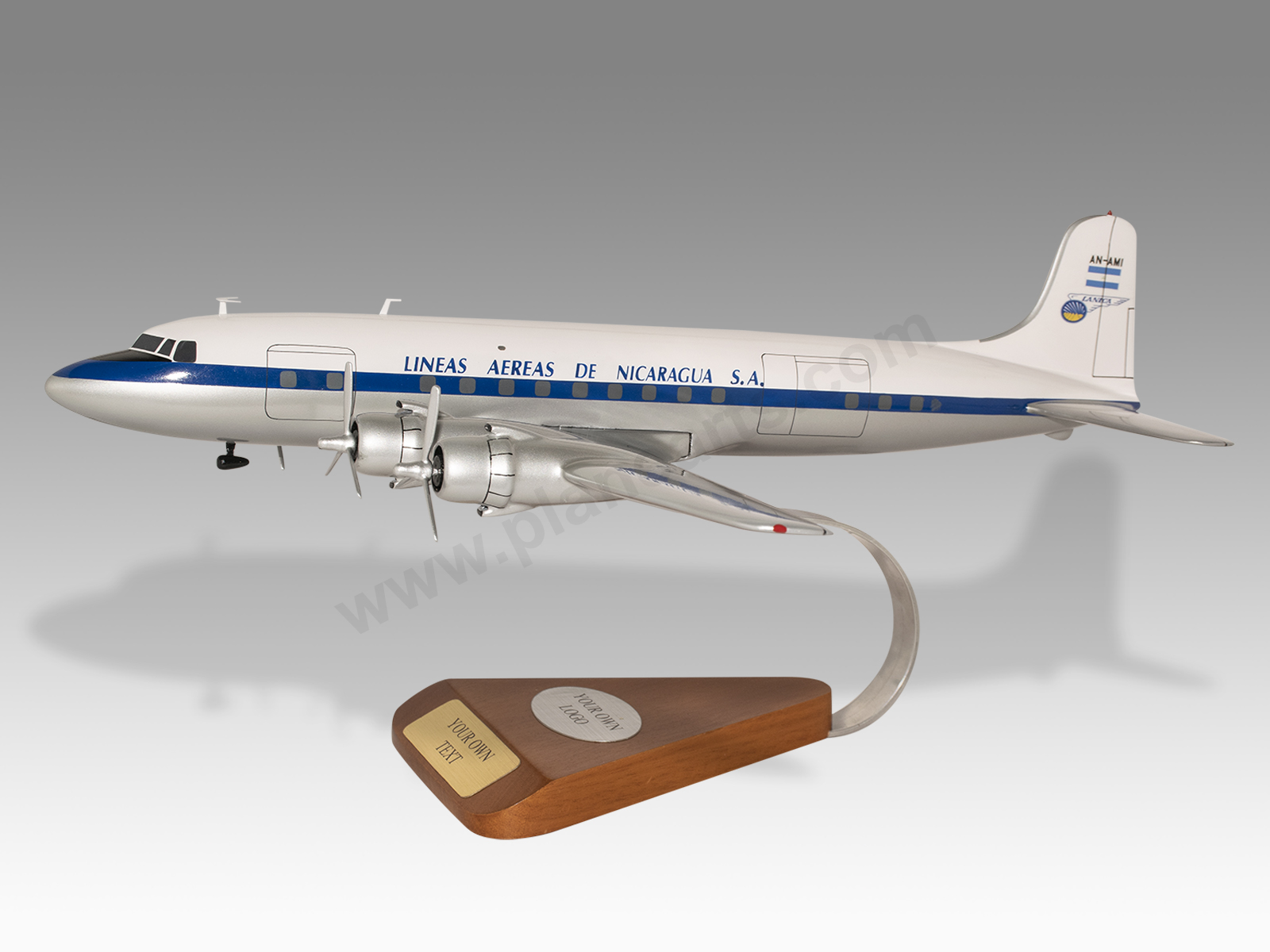
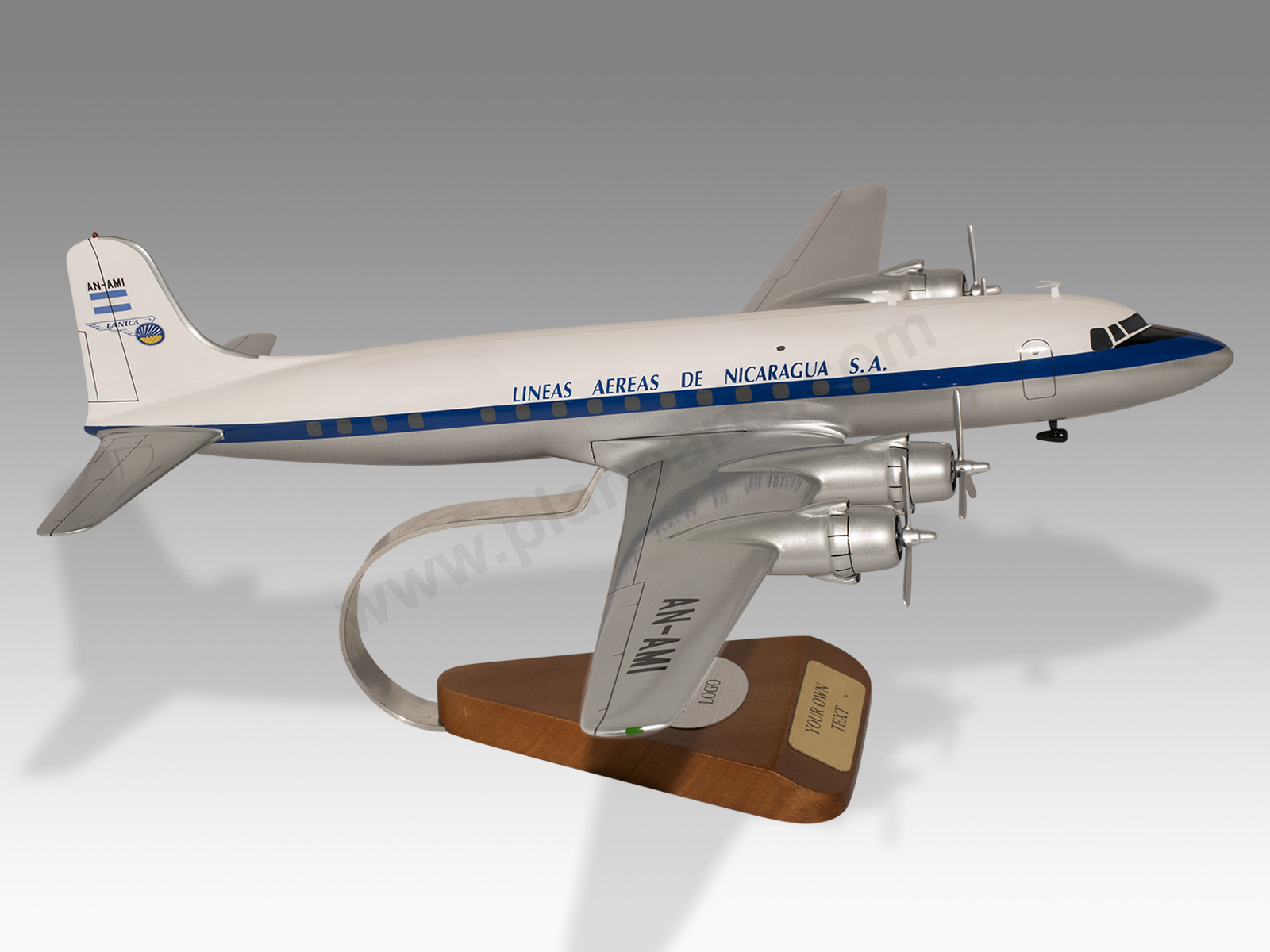
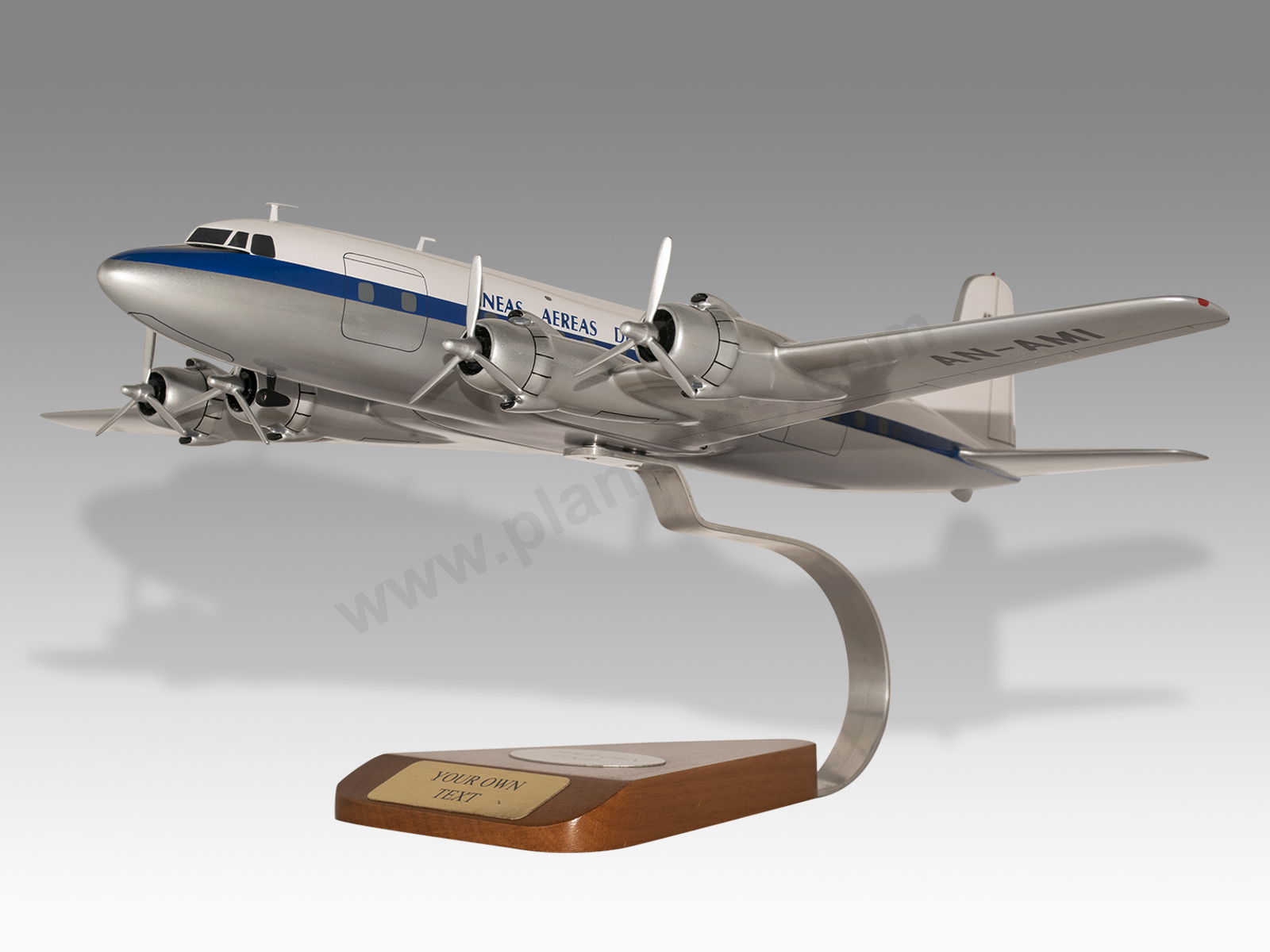
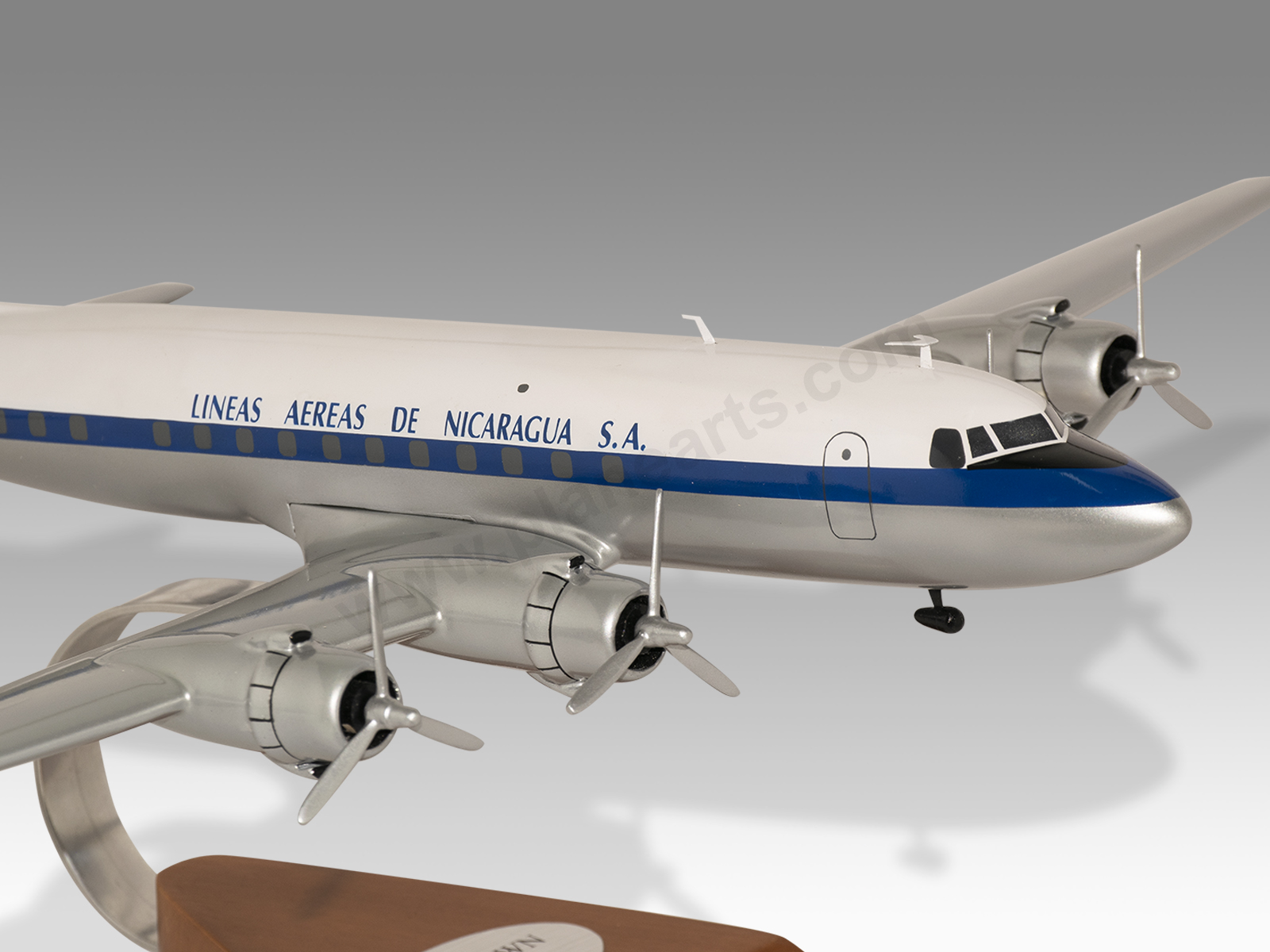
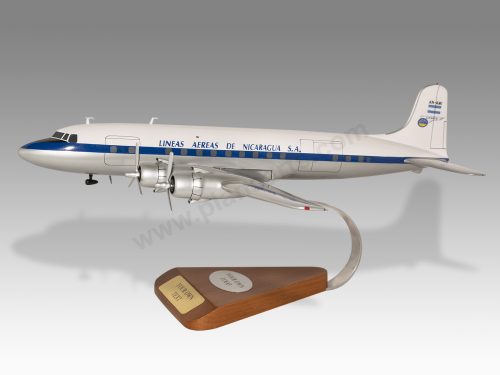
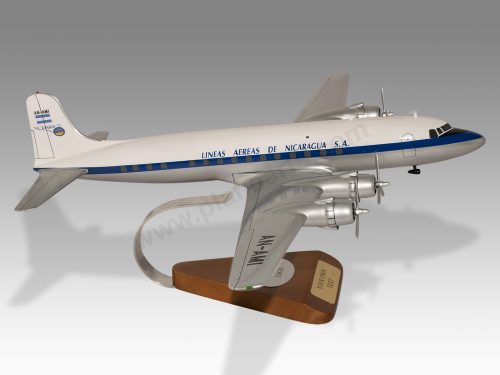
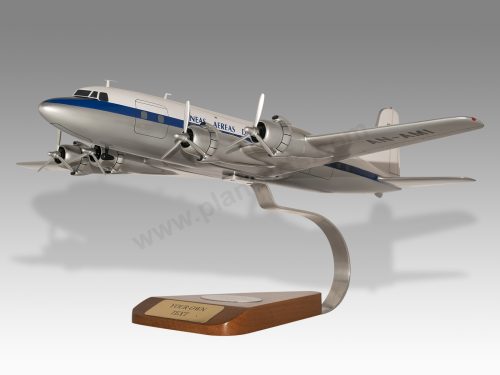
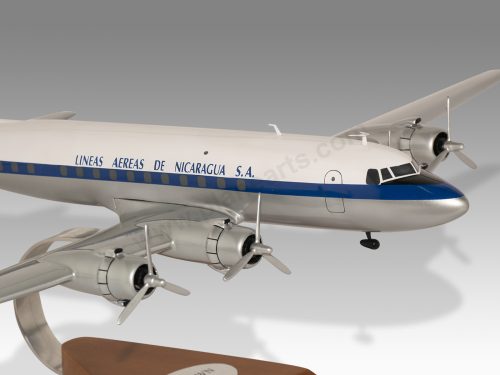
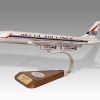
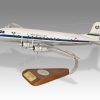

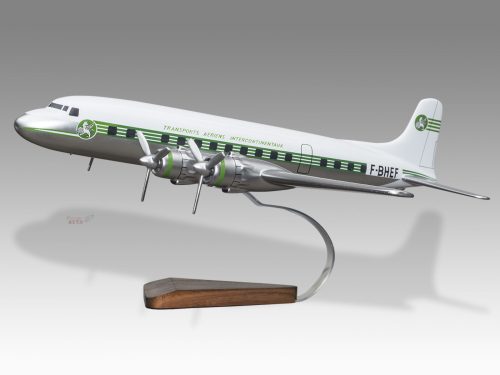
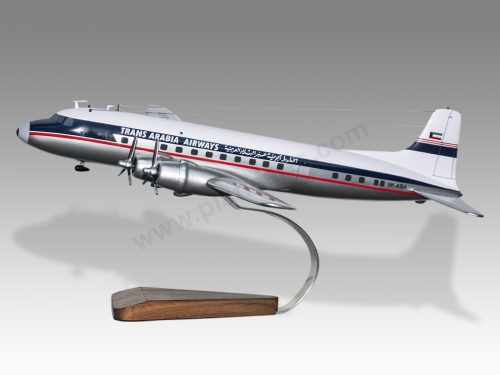
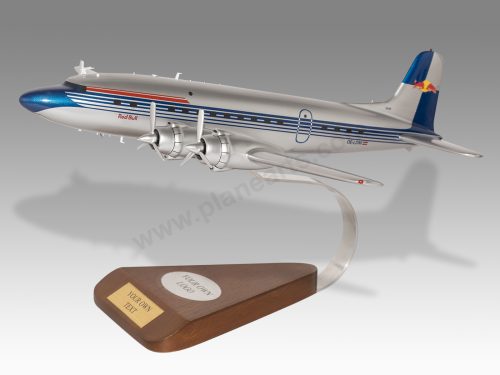
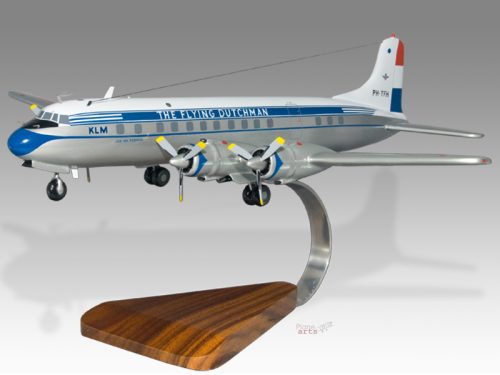
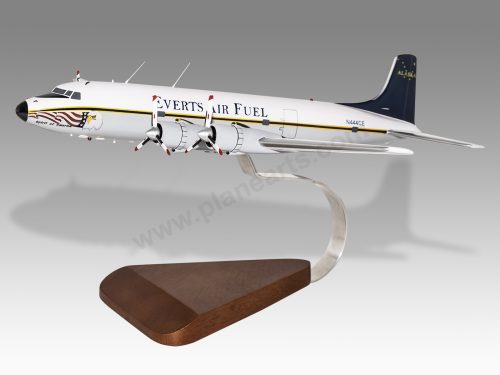
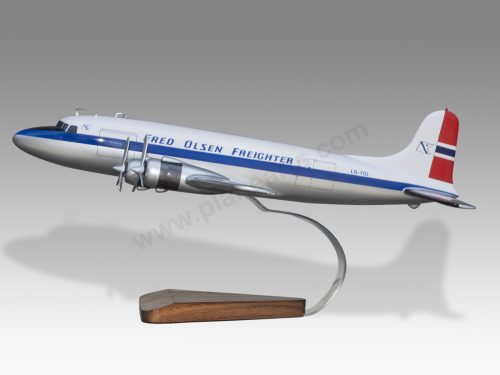
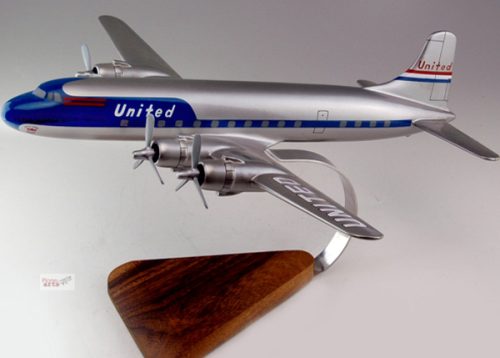
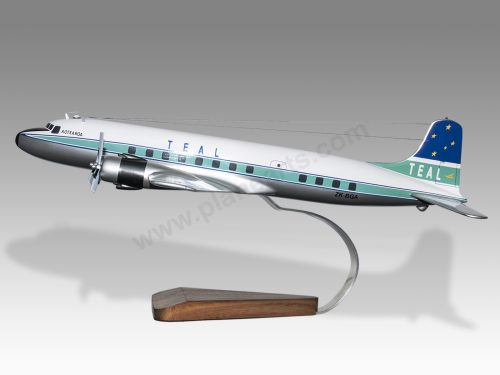

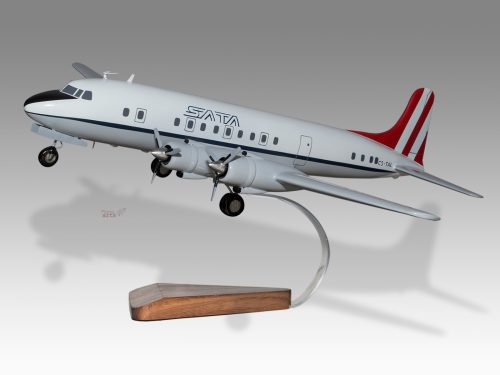

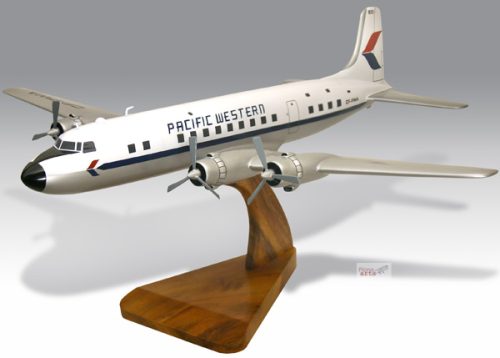
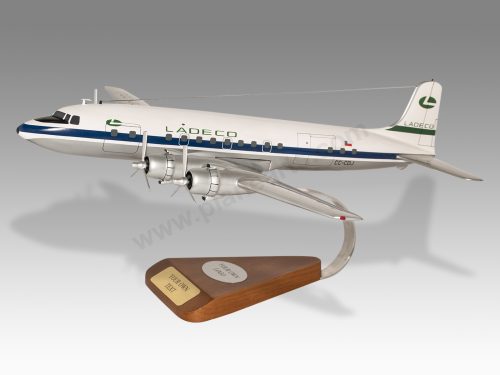
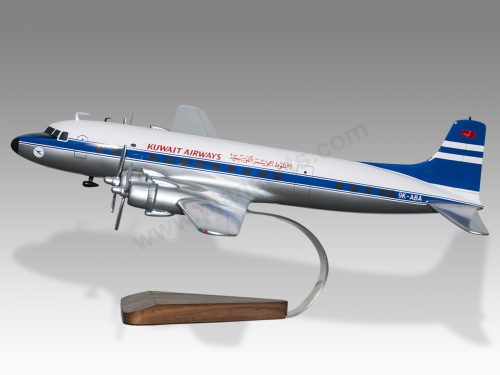
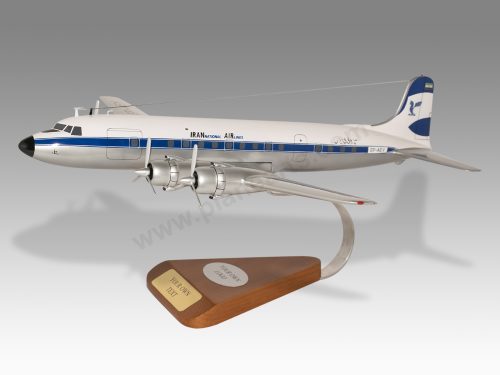
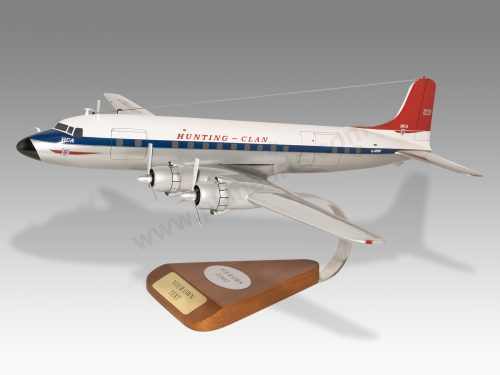
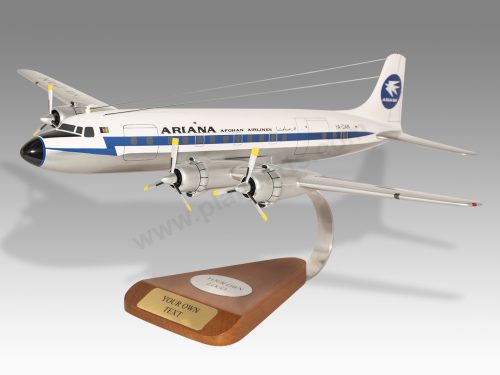

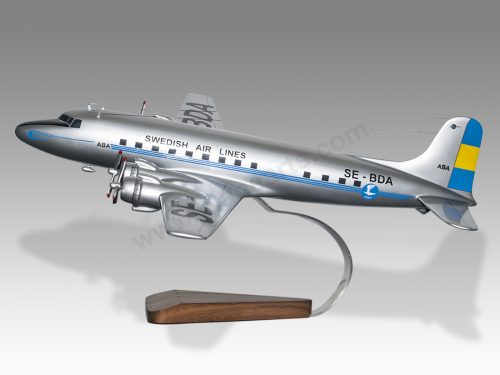
Reviews
There are no reviews yet.